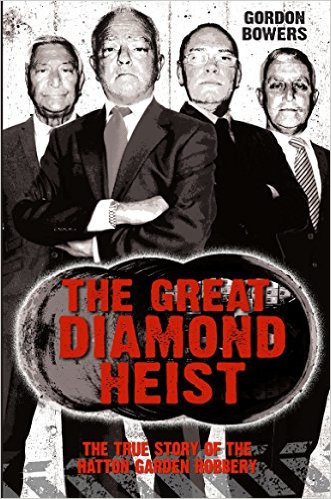
Over the Easter weekend in 2015, an audacious gang of criminals robbed a safe depository in London’s Hatton Garden, the centre of the UK’s diamond trade. Shortly before, electrical cables under nearby Kingsway had caught on fire, disrupting the emergency services in the area. Coincidence?
Alarms at Hatton Garden Safe Deposit Ltd went off, but the police ignored them. The burglars were caught on CCTV taking jewellery worth up to £20 million. They had used specialist equipment, taking days to tunnel through the walls of the vault.
Within a month nine suspects had been arrested and valuables seized from their homes. They were aged between forty-three and seventy-six, including a father and son. The question was, were they the same gang that had made a similar daring raid in Hatton Garden safe netting £1.5 million over the Christmas holiday in 2004. The culprits then were never caught.
In 1986, a similar heist had taken place in Los Angeles where a gang drilled a 100-foot tunnel from a storm drain into the vaults of the First Interstate Band in West Hollywood. It inspired the novel The Black Echo. Author Michael Connelly believes his book might have inspired the Hatton Garden heists, and has a grudging respect for the criminals.
“There is no violence and they sweated for the money. And there is a certain class envy,” he said. “We don’t feel too sorry for people who keep fortunes hidden away in safety deposit boxes. Part of us hopes the gang members are now lying on a beach somewhere.”
However, was the Hatton Garden heist so victimless? There have been suggestions that the safety deposit raid was linked to the murder of John ‘Goldfinger’ Palmer – a suspect in the 1983 Brink’s-Mat bullion robbery who was gunned down in Essex in July. The question remains: was Palmer killed for tipping off police about possible suspects?
